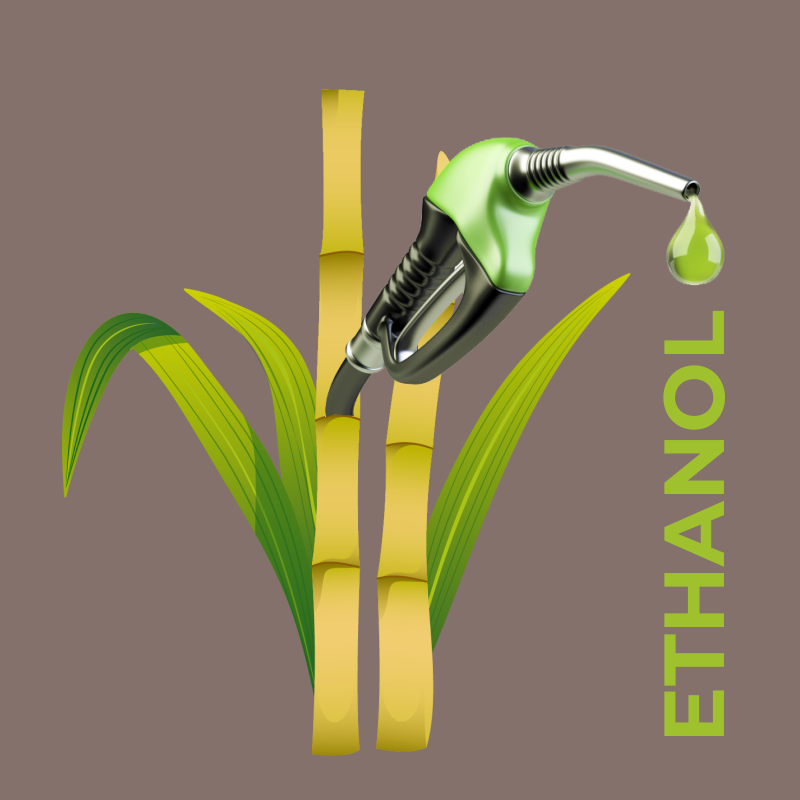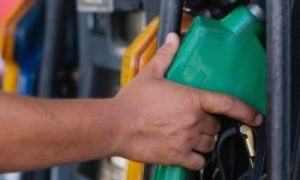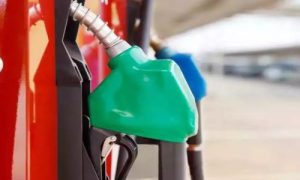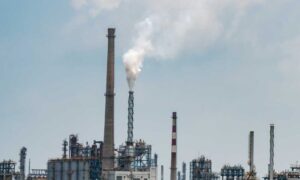Ethanol+petrol: How to blend more and blend better

India’s ethanol production programme has come a long way in the past five years, both in terms of the quantities supplied by sugar mills/distilleries to oil marketing companies (OMCs) and the raw material used — from cane molasses and juice to rice, damaged grains, maize and, down the line, millets.
Ethanol is basically 99.9% pure alcohol that can be blended with petrol. It is different from the 94% rectified spirit having applications in paints, pharmaceuticals, personal care products and other industries, and 96% extra neutral alcohol that goes to make potable liquor.
Prime Minister Narendra Modi, at a G20 Energy Ministers’ meet on Saturday (July 22), said that India has rolled out 20% ethanol-blended petrol this year and aims to “cover the entire country by 2025”.

















